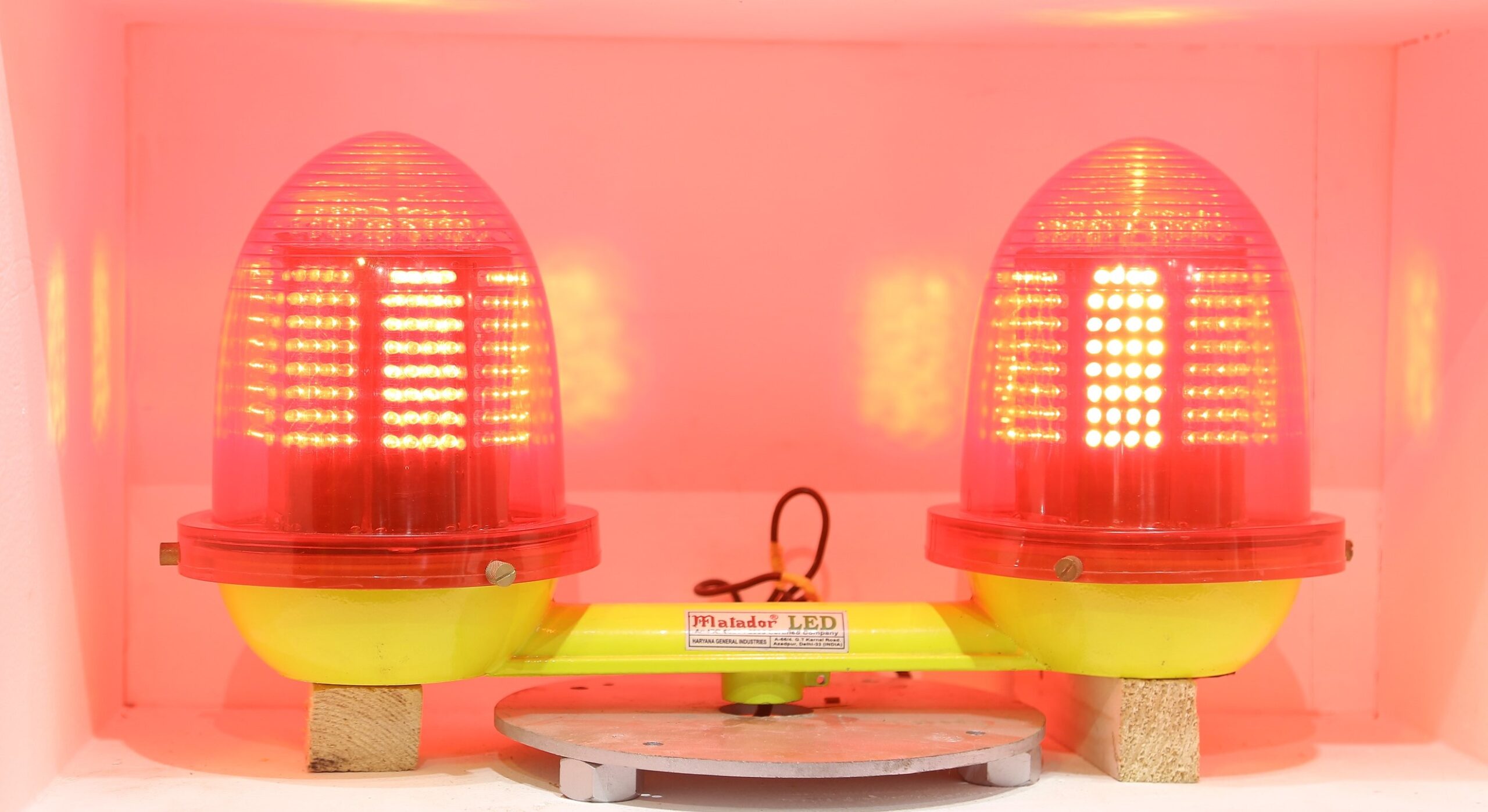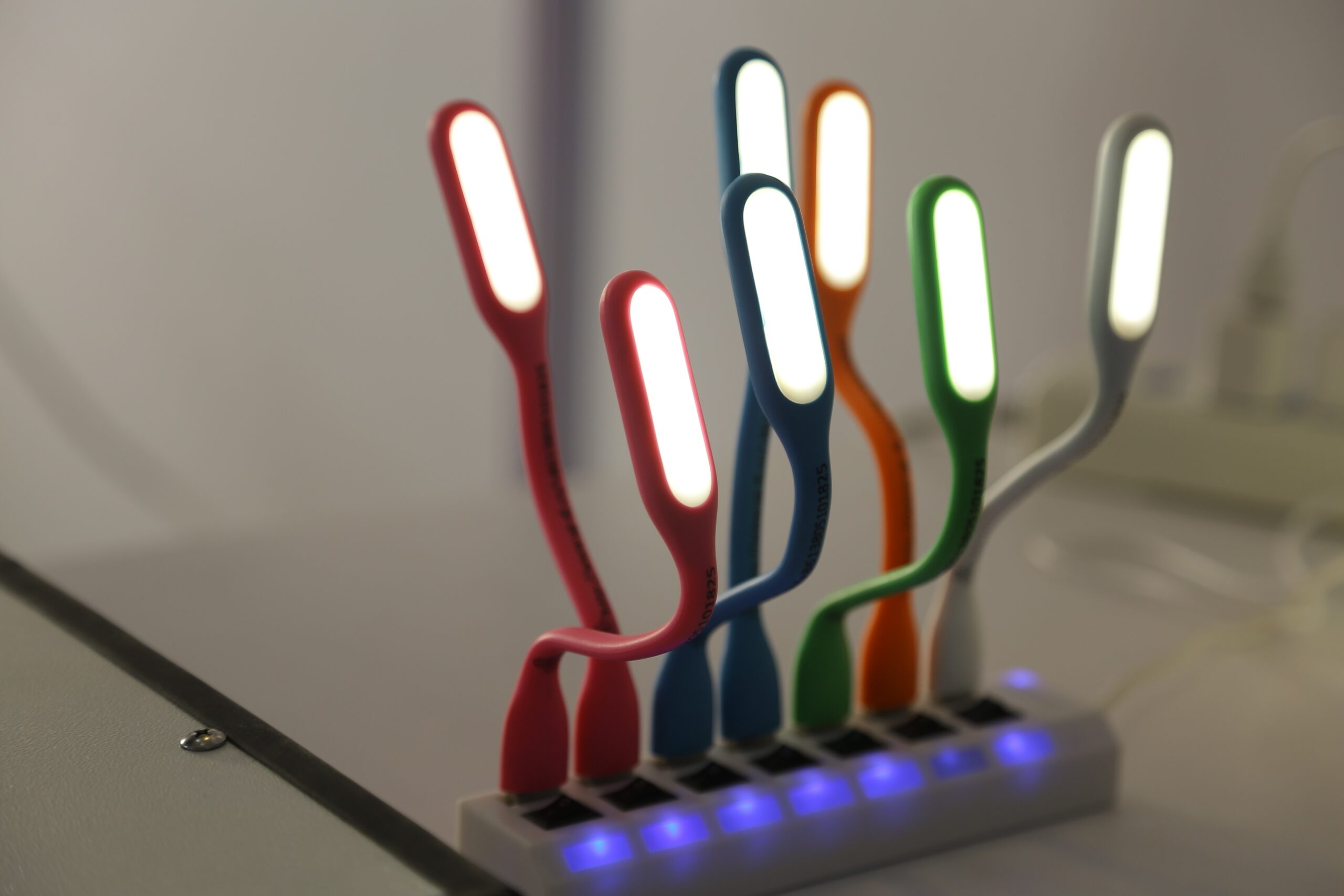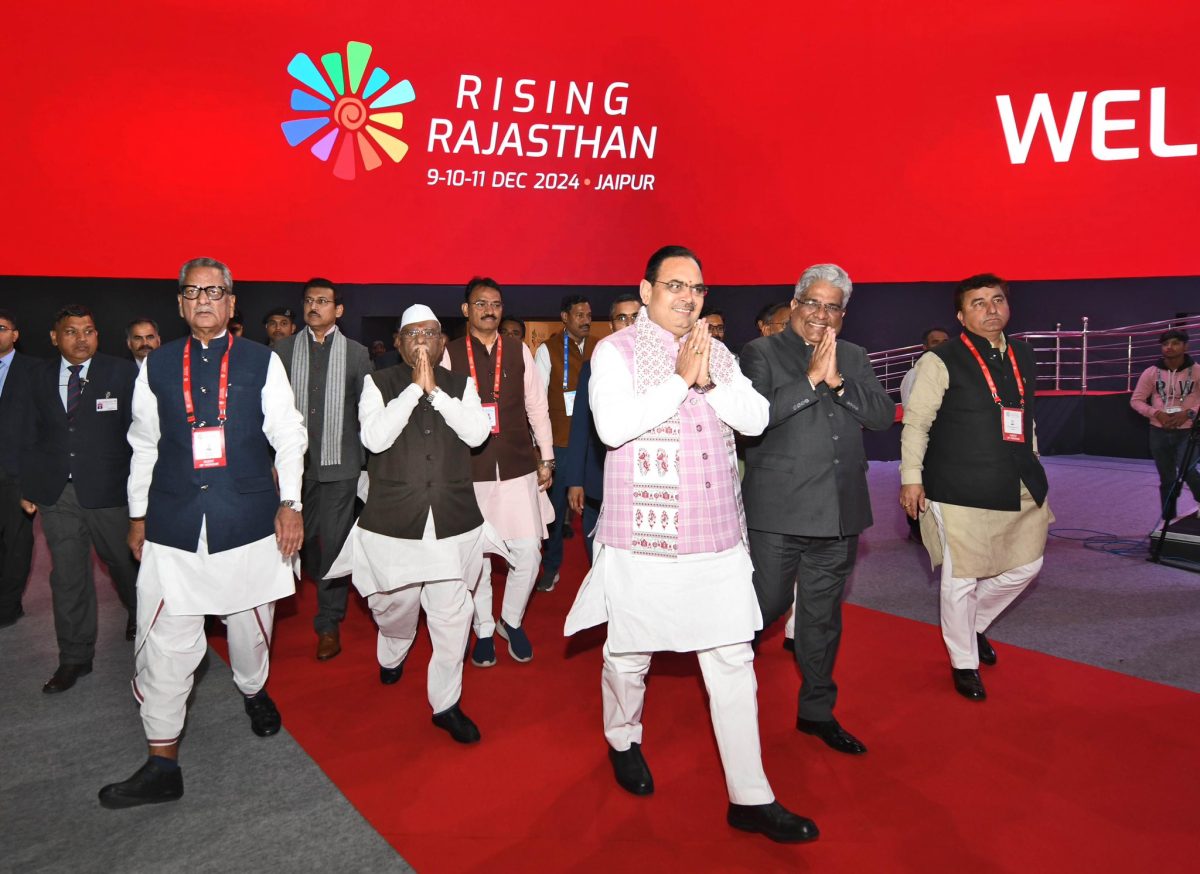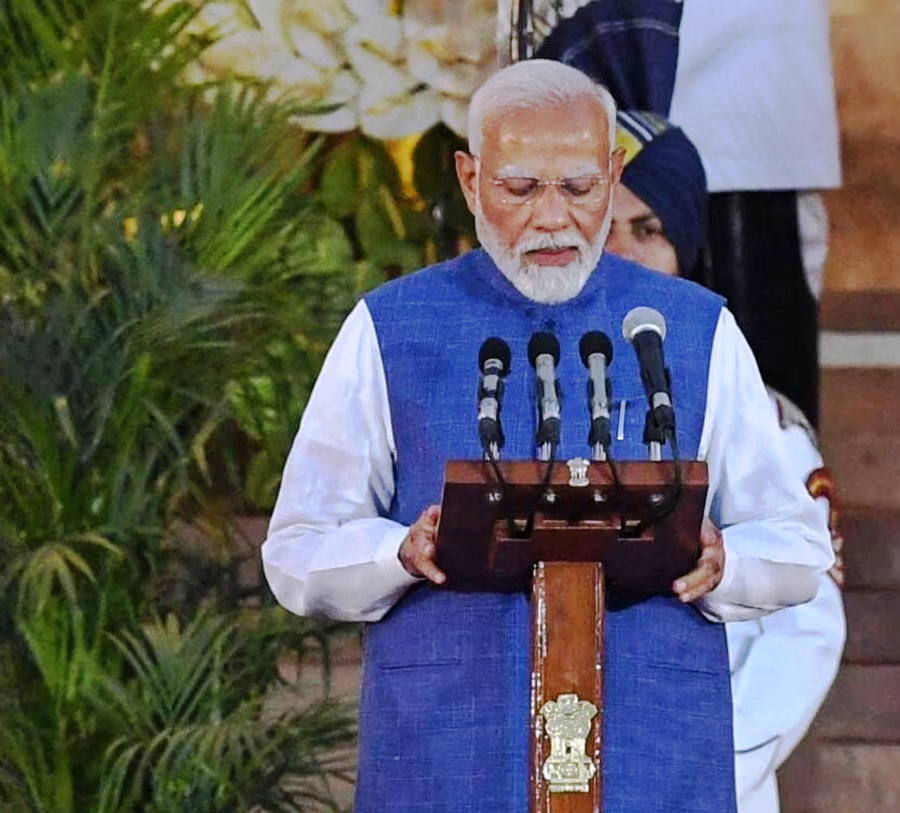Indian LED and Lighting Industry: Localise Supply Chain

According to the Electric Lamp and Component Manufacturers Association (ELCOMA), the Indian lighting market is expected to de-grow by INR 30 billion between years 2020-21
BK Jha @ BR Bureau
Indian LED and Lighting Industry, facing the brunt of lockdown like any other industry, is banking upon festivals such as Diwali, Christmas and New Year celebrations to get back on fast track growth. Industry leaders pointed out that localising LED supply chain will not only help in meeting festive demands during this Diwali, but also kindle a new confidence among domestic manufacturers to capitalize on the momentum.
Even on a national scale, the rapid adoption of energy-efficient street lighting systems, development schemes and upcoming smart building projects initiated by the government offer inordinate opportunities to domestic manufacturers to produce complete LED products within India. The ‘Make in India’ initiative and recent call for ‘Atmanirbhar’ Bharat by Prime Minister Narendra Modi has brought focus on local manufacturing potential in the country.
According to industry leaders localising LED supply chain will be a prominent step as it will not only eliminate import costs, but also help India transform into a major exporter of LED goods in the coming years.

With restrictions on LED imports, the Indian government has already provided a level playing field for the domestic manufacturers. This policy push offers huge opportunities to domestic players to expand and grow. Hitherto imports from China dominated the Indian market and gave tough time to local businesses.
The industry is hopeful that this Diwali and Christmas festivals, however, could spark a new phase for Indian lighting segment as demand for festive and decorative lighting will present a lucrative avenue for domestic manufacturers.
The Indian lighting market is expected to de-grow by INR 30 billion between years 2020-21 since the industry has faced slowdown due to the recent 2-month nation-wide lockdown followed by slow recovery rate, according to estimates of the Electric Lamp and Component Manufacturers Association (ELCOMA).
“Although the lighting industry is currently facing a slowdown due to global supply chain disruption, the industry is expected to bounce back stronger by gaining 5% year-on-year growth in the next three years with LED market occupying 92% share of total lighting value.
As the economy resettles, the step to localise supply chain will definitely strengthen the industry and eventually help us become one of the major players in the global lighting segment. The Indian lighting industry can make a strong comeback through localisation as festivities bring back demand,” said Shyam Sujan, Secretary General, ELCOMA.
Even though a majority of LED assembly plants operate in India, a huge chunk of LED lights, tubes and chips are still being imported internationally, depicting the segment’s major dependency on imports. “The COVID crisis has been a real eye-opener to the LED industry. It is crucial for Indian LED segment to encourage local manufacturers to start in-house production of goods and materials in order to make our supply chain self-reliant.” Said Divyansh Gupta, Managing Director, Kundan Edifice Pvt Ltd.
Innovation is the key to growth in every segment including the lighting industry. Technologies have played a key role in showcasing the transition from CFLs to LED, and now moving towards solar-LEDs, smart lighting and UV lighting innovations. “As intelligent systems gradually gain the attention of modern consumers and advancements such as wireless, sensor-based and solar-based smart lighting as well as enhanced technologies like Light Fidelity (Li-Fi) now coming up, this is the right time for sector players to strengthen their supply chains to meet the market demand,” said Raj Manek, Executive Director , Messe Frankfurt Asia Holdings.
Apart from conventional lighting applications, LED technology is crucial for many major sectors such as automotive, infrastructure, hospitality and health care (due to increasing need for UV disinfection). Amid the current scenario, “Localising LED supply chain will not only help in meeting festive demands but also kindle a new confidence among domestic manufacturers, urging them to capitalize on the momentum,” concluded Manek.





